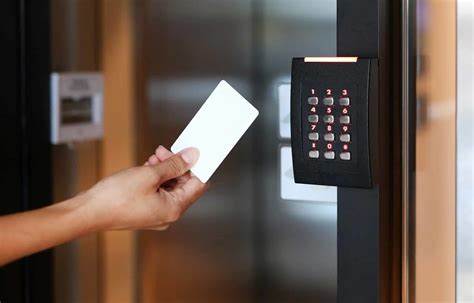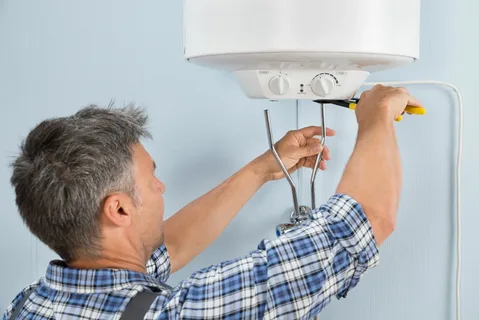To protect sensitive or confidential data, organizations often implement access control measures to limit who can view or edit this information. There are a variety of approaches that can be used to implement access control, each with its advantages and disadvantages. In this article, we will discuss some of the most common methods for controlling access to data. Stay tuned to learn more about these approaches.
Table of Contents
What is access control, and why do you need it?
Access control is a security measure that helps to regulate who can enter premises and when. Various access control systems are available, from simple locks and keys to more sophisticated biometric devices. Access control can be used to protect both physical assets and sensitive information. Businesses and homeowners can deter crime and unauthorized access by restricting access to only those with the appropriate clearance.
In addition, access control can help to manage traffic flow and reduce the risk of accidents. Businesses and homeowners can create a safer and more secure environment by carefully controlling who has access to premises.
How can you determine the best approach to implementing access control for your needs?
When deciding which access control approach is best for your needs, it is crucial to consider the particular requirements of your situation. Some factors to consider are the following:
- The type of information or area that you are trying to protect
- The level of security that you require
- Your budget
- Any existing infrastructure and equipment that will be used for implementation
Once these factors have been considered, you can begin evaluating different approaches.
What are some common approaches to implementing access control?
One approach to implementing access control is using passwords and authentication systems. It can be done either manually or through automated software solutions. Passwords provide an added layer of protection by ensuring that only those with the correct credentials can access the system or data.
Another approach to implementing access control is through physical barriers, such as locked doors and gates. These measures can effectively limit access to certain areas, but they require significant upfront investment and may only be practical for some businesses or homeowners.
Finally, many organizations are turning to biometric devices for additional security measures. Biometric devices use unique identifiers such as fingerprints and facial recognition to verify an individual’s identity before allowing them access to a specific area or system. This approach protects against unauthorized access but can also be costly and complex.
What factors should you consider when choosing a security system provider for your access control needs?
When selecting a security system provider for your access control needs, it is crucial to consider a few key factors. First, look for a provider with experience in the type of system you need that offers support services such as setup and maintenance. Additionally, check customer reviews and ratings, as this can provide insight into their level of service and quality.
Finally, inquire about additional features or benefits, such as mobile access control solutions or integration with existing systems. By doing some research beforehand, you can ensure that you get the best value for your money while ensuring your business’s safety and security.
How much will it cost to install and maintain an access control system?
The cost of installing and maintaining an access control system will vary depending on the size and complexity of the project. Generally, smaller businesses or homeowners can expect to pay several thousand dollars for a basic setup. At the same time, larger organizations may need to budget upwards of tens of thousands for more complex systems.
In addition, ongoing maintenance costs should also be taken into consideration. Most providers offer service packages that cover regular maintenance, repairs, and upgrades. These services are often included in the initial cost but do make sure you check with your provider before making any commitments.
Are there any tax incentives available for businesses that invest in security systems?
Businesses that invest in security systems may be eligible for tax incentives. Depending on the particular system you choose, you may qualify for credits or deductions for your tax returns. Before applying for any of these incentives, it is crucial to research applicable rules and regulations to ensure compliance with all relevant laws.
Overall, investing in an access control system can provide a great return on investment for businesses by increasing safety and improving efficiency. By researching your options carefully and taking advantage of any available tax incentives, you can amplify the benefits of implementing an access control system while minimizing associated costs.
Conclusion
Access control is essential to protecting your business or home from unauthorized access. This article has outlined several approaches to implementing access control, including physical barriers and biometric devices. We have also discussed some essential factors to consider when choosing a security system provider and the cost of installation and maintenance for various systems.
Finally, businesses that invest in security systems may qualify for tax incentives, so it is worth researching any available credits or deductions before making a purchase. With careful consideration and research, businesses can ensure their safety and security while being incredibly cost-effective at the same time.





